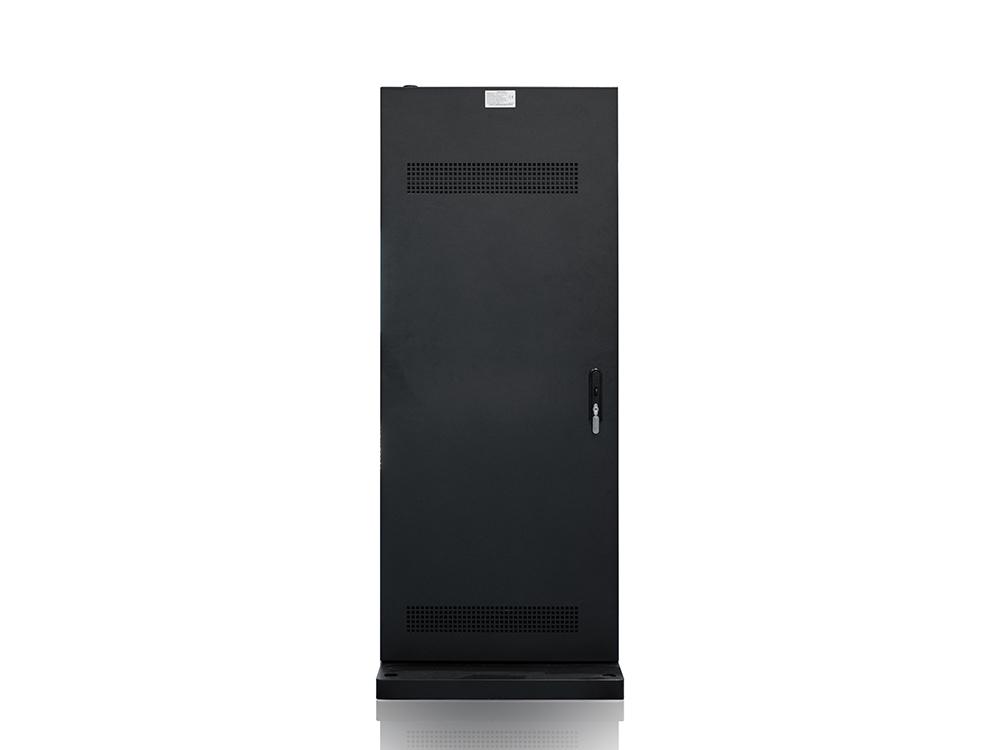Digital Signage for Reception Areas
In today's fast-paced world, where first impressions matter more than ever, reception areas serve as the critical interface between an organization and its visitors. These spaces are not merely about greeting guests; they are an extension of an entity's identity, setting the tone for the entire visitor experience. As technology continues to evolve, digital signage has emerged as a powerful tool to transform reception areas, offering dynamic, engaging, and informative content that can significantly enhance the overall ambiance and functionality of these spaces.

Digital signage refers to the use of electronic displays, such as LCD, LED, or projection screens, to present information, advertisements, or other messages. When strategically implemented in reception areas, digital signage can serve multiple purposes, ranging from providing essential wayfinding information to showcasing the organization's achievements, promoting events, or simply adding a touch of modernity and sophistication to the space.
One of the primary advantages of digital signage in reception areas is its ability to deliver real-time information. Unlike static signage, which requires manual updates and can quickly become outdated, digital displays can be updated remotely and instantly. This means that visitors are always presented with the most current information, whether it's about office hours, upcoming events, or important announcements. This dynamic nature not only ensures accuracy but also keeps the content fresh and interesting, capturing the attention of even the most jaded visitors.
Moreover, digital signage can significantly enhance the aesthetic appeal of reception areas. High-definition displays with vibrant colors and crisp images can create a visually stunning focal point that immediately draws the eye. This is particularly important in environments where the reception area is the first point of contact for clients, customers, or partners. A well-designed digital display can convey professionalism, attention to detail, and a forward-thinking approach, all of which contribute to a positive brand image.
Beyond aesthetics, digital signage can also be used to communicate key messages effectively. For instance, it can showcase the organization's mission, vision, and values, providing visitors with a sense of the organization's culture and ethos. This can be particularly impactful for non-profit organizations or educational institutions looking to make a strong statement about their commitment to a particular cause or set of principles.
In addition to promoting the organization itself, digital signage can be used to highlight important news or achievements. Imagine a display that celebrates recent awards, showcases successful projects, or features testimonials from satisfied clients. Such content not only engages visitors but also reinforces the organization's credibility and reputation. It's a subtle yet effective way to build trust and establish rapport even before any formal interactions take place.
Wayfinding is another area where digital signage excels. In large organizations with multiple departments or offices spread across different floors or buildings, navigating can be a challenge for visitors. Digital displays can provide clear, intuitive maps and directions, making it easier for guests to find their way around. Interactive touchscreens can take this a step further, allowing visitors to select their destination and receive personalized directions. This not only enhances the visitor experience but also reduces the burden on reception staff, who can focus on other tasks.
Digital signage can also be used to promote events and activities within the organization. Whether it's an upcoming conference, a workshop, or a social event, digital displays can be used to create anticipation and excitement. By featuring event highlights, speaker profiles, or registration details, digital signage can effectively drive attendance and engagement. Furthermore, it can serve as a reminder for employees, encouraging them to participate and foster a sense of community within the organization.
Another often-overlooked benefit of digital signage is its ability to integrate with other systems and technologies. For instance, it can be connected to a building's management system to display real-time weather updates, news feeds, or even emergency alerts. This integration not only enhances the functionality of the reception area but also demonstrates the organization's commitment to leveraging technology for the benefit of all stakeholders.
Of course, the success of digital signage in reception areas largely depends on its design and content. The content should be carefully curated to ensure it is relevant, engaging, and visually appealing. It should also align with the organization's overall branding and messaging strategy. This requires a collaborative effort between designers, content creators, and IT professionals to ensure that the digital displays not only look good but also function seamlessly.
Furthermore, it's important to consider the placement and viewing angle of the digital displays. They should be positioned in such a way that they are easily visible to all visitors, regardless of their height or where they are standing in the reception area. The content should also be designed with readability in mind, using appropriate font sizes, colors, and contrast to ensure that information is easily digestible.
In conclusion, digital signage has the potential to revolutionize reception areas, transforming them from passive spaces into dynamic, engaging environments that leave a lasting impression on visitors. By providing real-time information, enhancing aesthetics, communicating key messages, facilitating wayfinding, promoting events, and integrating with other systems, digital signage can significantly enhance the visitor experience and boost an organization's brand image. However, to realize these benefits, it's crucial to invest time and resources into designing and implementing a digital signage solution that is tailored to the specific needs and goals of the organization. With the right approach, digital signage can become a valuable asset in any reception area, setting the stage for successful interactions and lasting relationships.
Application scenarios of digital signage








